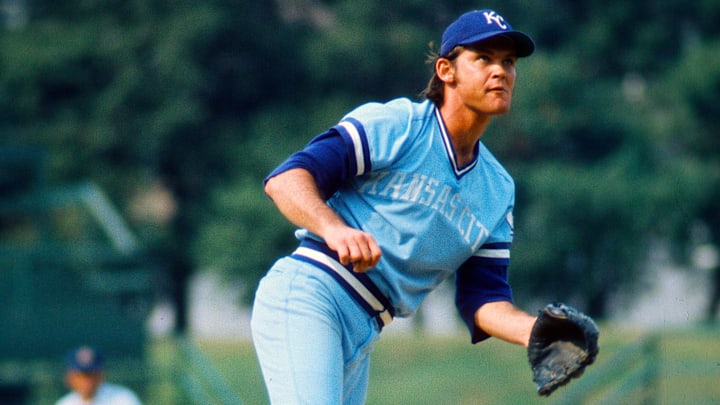This season, many new and younger Royals fans are experiencing something they never have before — a competitive and successful KC Royals team. Fielding a relevant baseball team feels like a novel concept in Kansas City, but such wasn't always the case.
The Royals have had their share of success, and it isn't limited to just the 1980, 1985, 2014, and 2015 World Series years. For roughly a decade from the mid-'70s to the mid-'80s, Kansas City was one of the most successful franchises in baseball. In what I hope will be the first in a series of new stories, I want to give Royals fans overviews of individual seasons in the club's storied history.
Where to start? How about 50 years ago, a season after a big breakthrough campaign?
The KC Royals made a big leap in 1973
The 1973 season is an obvious jumping-off point. It was a momentous campaign in team history. Just five years after making their debut as an expansion franchise, the Royals posted their second winning season, going 88-74, but set a then-club record for wins with 88. They finished only six games behind eventual world champion Oakland. This was especially impressive given that expansion franchises weren't given the same kinds of boosts they are today, and most new teams struggled for at least a decade before finally turning things around.
The Royals were an exception, however, and 1973 was a big year for them in more ways than one. The club moved into their recently completed new stadium — originally dubbed Royals Stadium and later renamed Kauffman Stadium — and Kansas City hosted the All-Star Game in July. Steve Busby threw the first no-hitter in club history in April, and while less a cause for celebration among hometown fans, but certainly noteworthy, Nolan Ryan tossed the first no-hitter of his storied career in the new stadium.
Also, some guy named George Brett debuted in August.
